🔓UNLOCKING: IS IT OK TO ASK MONEY FOR YOUR CREATIVE WORK?
In the previous issue, we talked about why it is a good idea to start with building an audience & community instead of starting with a product.
Just to remember, here is a quick wrap-up:
Audience / Community building before building a product is a great way to:
Better understand problems & needs validate ideas and co-create
Accelerate the learning curve for both the creator and the members
Keep you motivated and accountable along the ride
Distribute your product/service in a more effective and affordable way
The next question is how to monetize your work by leveraging your audience.
If you click and watch the video from which the GIF on top is generated, you will hear Gary Vaynerchuk advises you not to monetize your audience as much as possible.
Instead, he tells you to channel your focus to create such a strong audience that companies beg you to sponsor your creation.
He is right in saying that asking for money from your audience may change the nature of the relationship you build.
On one side, I kind of agree with him. If it is possible, it is a good deal to continue creating value free for your audience and earn money from affiliate links, sponsorships etc.
On the other hand, if you manage to build trust and offer value, your true fans will enjoy contributing to your success and feeling a kind of belonging to your world.
After following Justin Welsh for months and consuming his free content, I want to learn more from him. I bought one of his courses and it didn’t make me feel bad. It is fair that he asks for money for his effort, knowledge and the value he offers. This is a mutual relationship, he gives service and I pay for it.
Additionally, price tags can serve as proof of value and people become more motivated to get this value when they make an investment.
Hence, I see no harm in elaborating on the monetization side. Let’s start.
🔎 DEEP DIVE: HOW TO MONETIZE YOUR AUDIENCE/COMMUNITY?
There are dozens of ways to monetize your work leveraging your audience/community.
It depends on the type of your creation/product, the channels you prefer and the topics you cover in your content.
Obviously, it is impossible to cover all here, so my aim is to give you a feeling about the ocean of possibilities.
Let’s have a closer look at 5 ways to monetize your work with some real-life examples:
SPONSORSHIP AND BRAND DEAL
Companies pay for ad space in a newsletter, a Slack/Discord community, and sponsor a podcast and Youtube channel.
“Not Boring”, which is currently the #2 Business Newsletter on Substack with 154K+ subscribers, is ad supported and free to its audience in line with Gary Vaynerchuk’s approach. Let’s hear the reasons for this preference in their words:
We want to grow & reach as wide of an audience as possible, for free.
We're in a position to only work with companies we want to work with
It better supports the Not Boring Flywheel
PAID MEMBERSHIP
Speaking of newsletters, a clear way to monetize a newsletter is by asking for money from subscribers.
According to Substack, 5%-10% of total subscribers are paying ones.
It is possible to start a monthly or yearly subscription. Here are a few more insights from Substack:
Before switching to a paid subscription model, it is critical to consider whether it is the right time, how much to charge, and which additional/different type of content you will offer your readers.
As a reference, Hamish McKenzie, co-founder of Substack recommends considering monetizing your newsletter if you reach 1000 subscribers and have at least 40% opening rates.
A paid membership is also a preferred way to monetize a community.
Jay Clouse started The Lab, a community for professional creators limited to 200 members intentionally, and has passed $100K in revenue in 6 months, that's more than any salary he has ever had.
AFFILIATE MARKETING
An affiliate program is an agreement in which a business pays another business or influencer ('the affiliate') a commission for sending traffic and/or sales their way. This can be achieved through web content, social media, or a product integration.
Affiliate Marketing is a great way of earning money for bloggers who don’t have any products to sell.
There are different affiliate programs to which you can apply like Amazon Associates, Hubspot, Shopify, Wix etc.
For example, as an expert in blogging, Ryan Robinson makes mid-five figures every month over his blog having 290K monthly visits.
As expected, anyone who is interested in blogging will trust the products he recommends more than any other unknown name’s recommendation.
He has a post on the best web hosting plans and a section where he introduced Bluehost. As part of the Bluehost Affiliate Program, Ryan Robinson earns a commission whenever someone clicks on the link in his post directing to the Bluehost website and makes a purchase. This is followed by a unique URL link created for this post to track transactions.
He made the difficult part while building trust and reaching 300K monthly visitors and now it is time for him to make money even while sleeping, aka making passive income.
ONLINE COURSES
This is maybe one of the most widespread ways of monetizing trust.
When I believe someone is better than me in any given topic, even if there is no proof showing academic expertise, I buy courses.
I don’t have any data to prove it but I think there are three things that play an important role in making this decision:
The value offered by high-quality free content
Continuous reminders & posts of existing courses that will offer even more value
The unique tone of the creator
Ali Abdaal is a great mixture of these three elements. generated $717,000 from his courses on Skillshare, which is an online learning community that pays its content creators based on the watch time they generate.
TEMPLATES
Easlo, aka the Notion guy, is just 20 years old and makes more than $10,000 monthly.
He builds his audience on Twitter while learning Notion with build-in-public approach.
In the Twitter thread where he explains the whole story, he mentioned that he has different sources of revenue such as his newsletter, blog, mentions on social media and templates.
As a low-maintenance digital product and the chance of being sold forever, templates are great for monetizing your work after building trust in a specific area.
You can sell templates on your website, on Etsy, Gumroad or Product Hunt.
Check out Easlo’s templates to get an idea.
In addition to the above ones, there are multiple other ways to make money leveraging your audience via:
Cohort Based Courses
Job Boards
Selling e-books
Attending events as a speaker
Selling psychical & digitaş products
Web Ads
Donations
Building a SaaS product, e-commerce business, application etc.
No need to overcomplicate things. The whole story can begin with writing a blog.
Amit Agarwal started a tech blog in 2004 and promoted the Gmail plug-in he developed on his blog. According to the thread below, he built a one-man company with $13M/yr software sales.

That’s all for this week. See you next Sunday.
Follow me on Twitter and LinkedIn, if you haven’t done yet!
🗂 GAIN PERSPECTIVE: HANDPICKED PIECES
The not boring trajectory of Not Boring to 145k+ newsletter subscribers
How Ali Abdaal Made $4.5M+ Through 15 Income Streams in 2021
Metrics and Advertiser Performance of “Not Boring” Newsletter, 2nd biggest newsletter on Substack
🛎 TWEET OF THE WEEK
Sources:




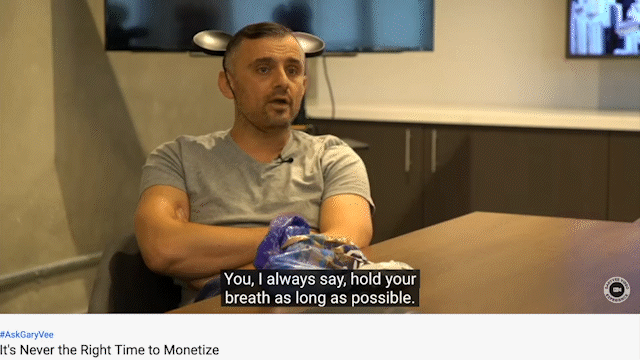
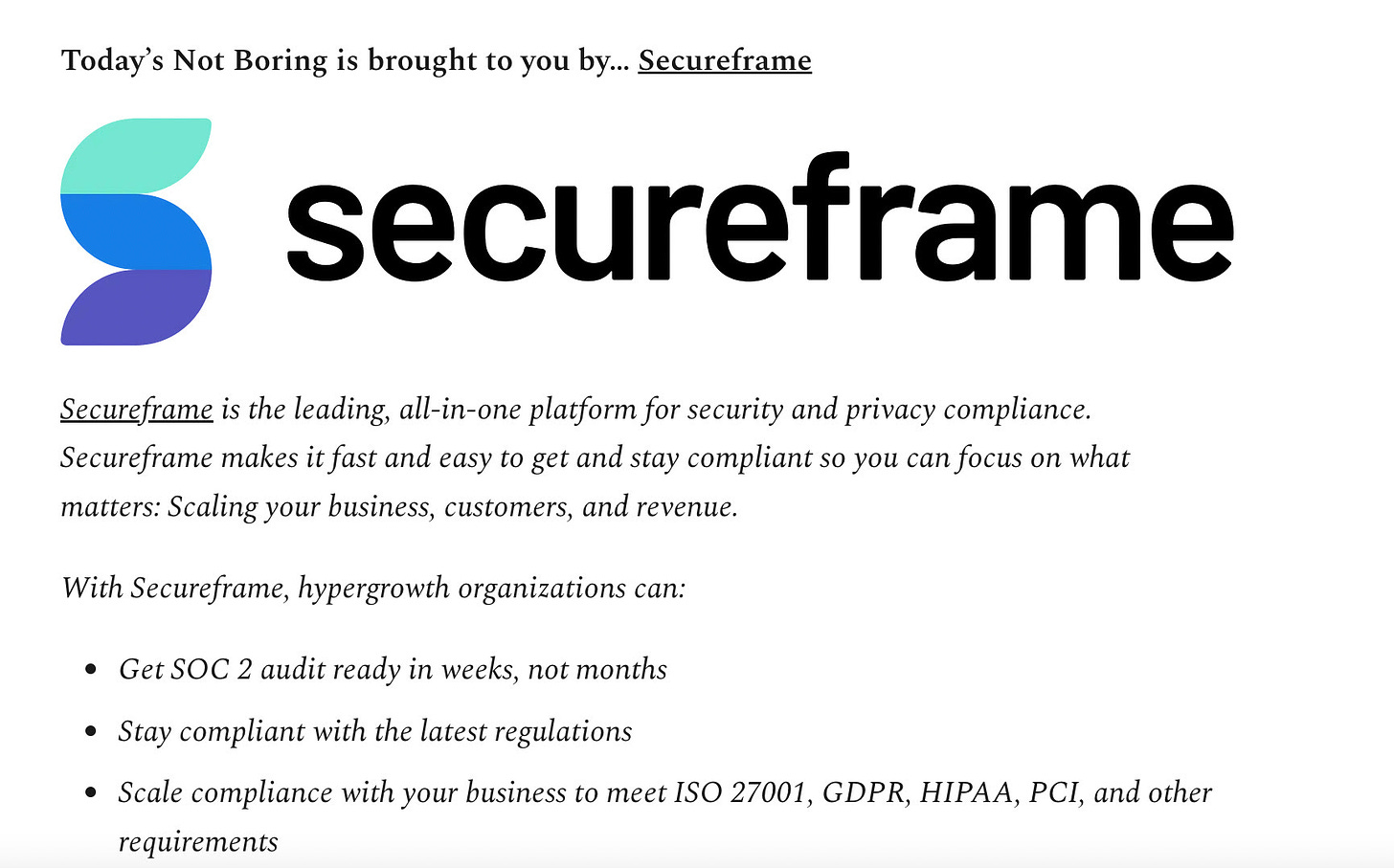
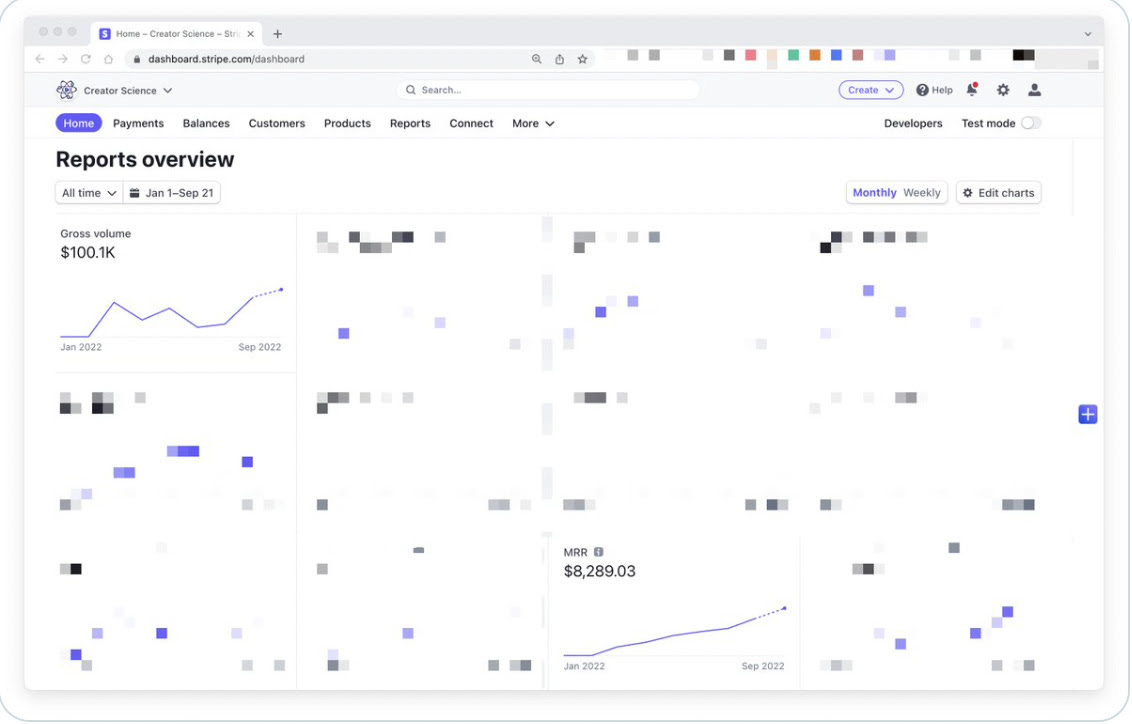
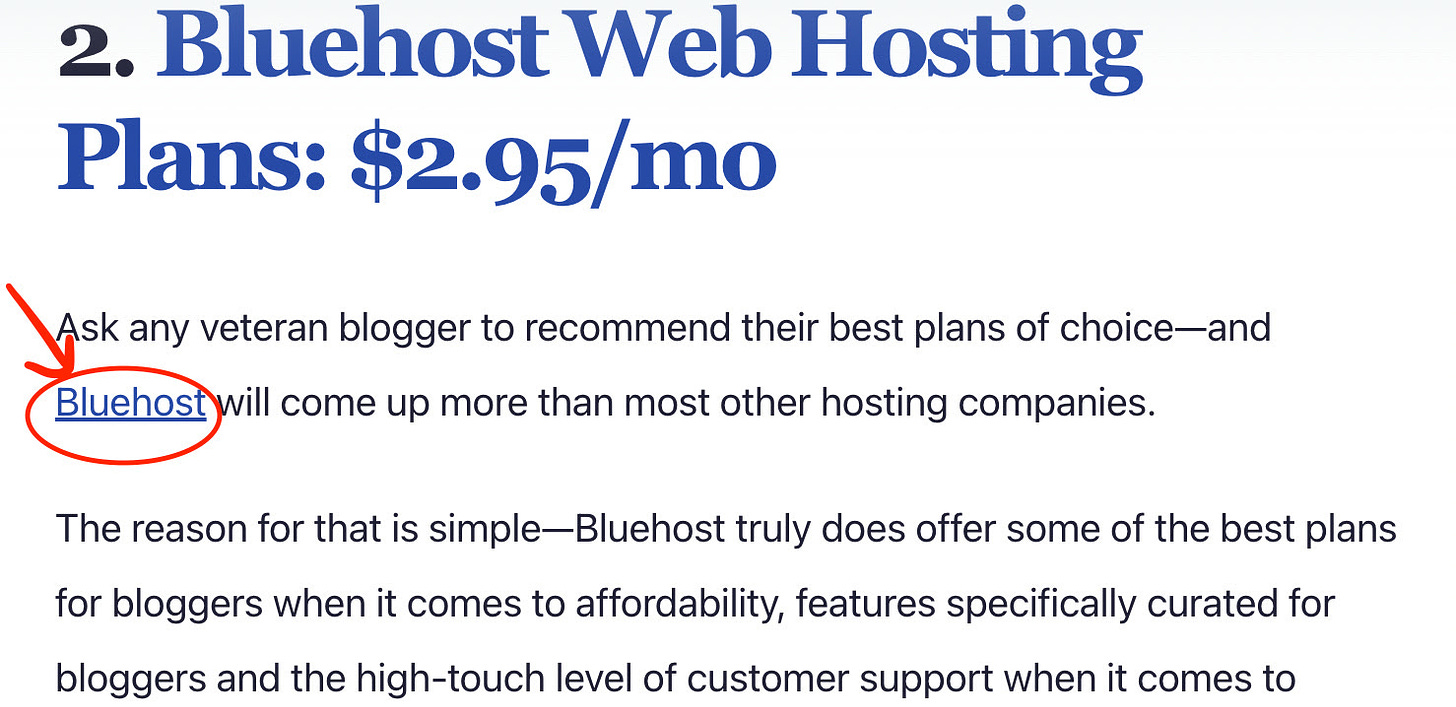

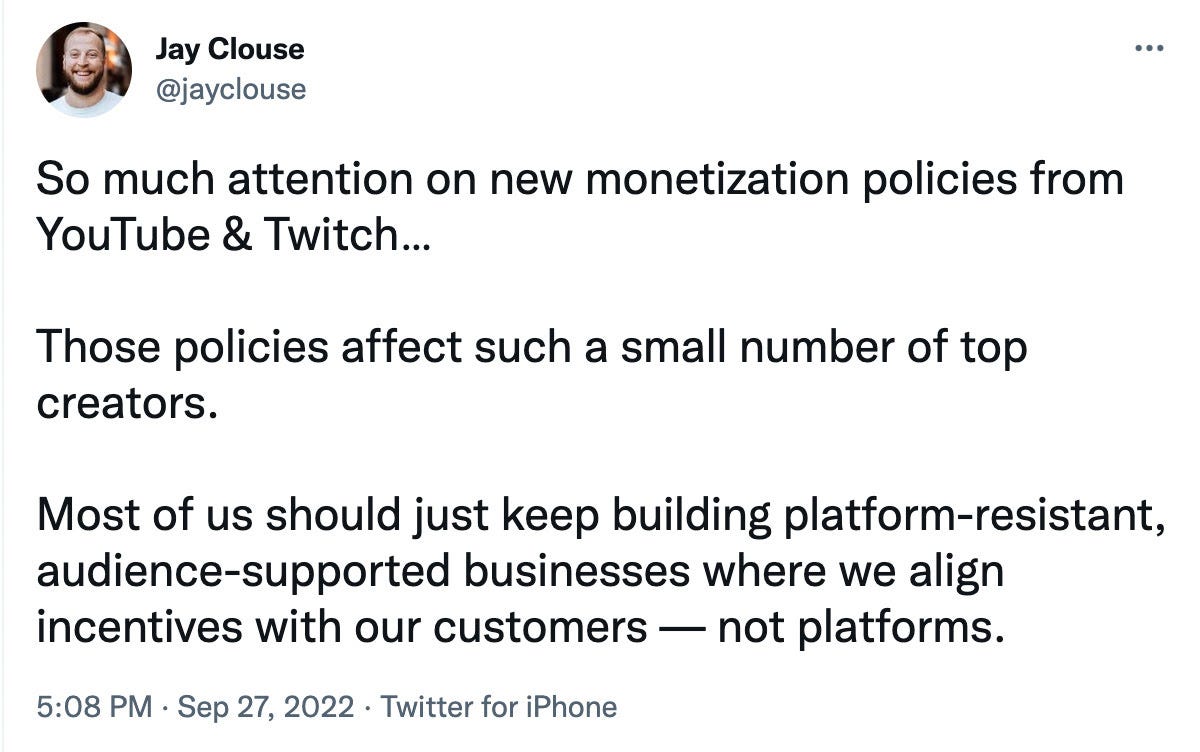
1 man company -- > 13M dollars 😱